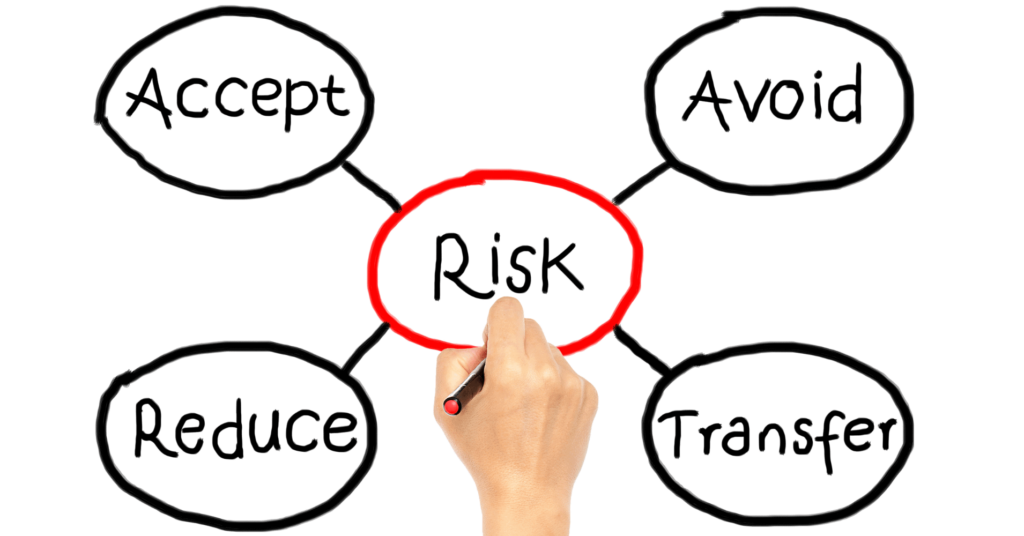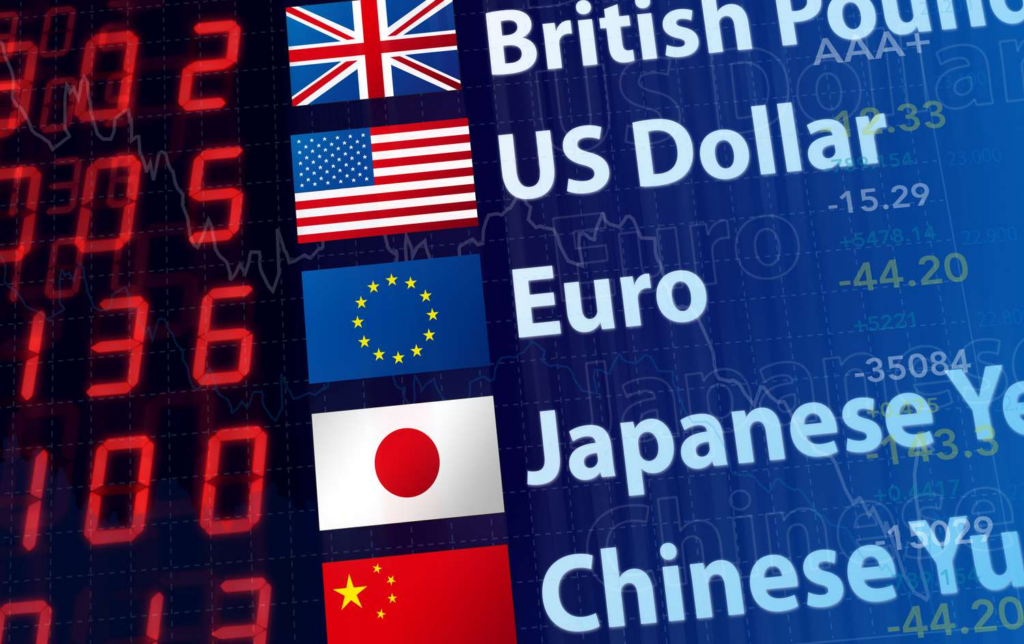
Did you know that some of the most successful Forex traders started with as little as $50? Despite its small size, a modest trading account can be a powerful tool for learning and growing your trading skills. The key is knowing how to manage and expand such a small capital effectively.
In this article, we will guide you through actionable Forex trading tips designed to help you grow your $50 Forex trading account. We’ll cover essential tips on setting up a solid trading plan, effective risk management, and choosing the right trading style to fit your small account. Additionally, we’ll explore practical steps to avoid common pitfalls and maximize your trading potential. By following these tips and strategies, you’ll gain a clearer understanding of how to achieve small Forex trading account growth and build a strong foundation for your trading journey.
Also Read: Can a 17-Year-Old with $100 Start Forex Trading?

Forex trading, short for foreign exchange trading, involves buying and selling currencies with the goal of making a profit. It occurs over-the-counter (OTC), meaning transactions are conducted directly between parties, usually via electronic trading platforms. Traders buy one currency and sell another simultaneously, always trading in pairs like EUR/USD (Euro/US Dollar). The value of these currency pairs fluctuates based on various factors including economic data, geopolitical events, and market sentiment.

When starting with a $50 Forex trading account, it’s crucial to understand a few key aspects of the Forex market to set yourself up for success.
The Forex market is the largest financial market in the world, with a daily trading volume of over $6 trillion. This means that it’s easy to buy and sell currencies without worrying about not being able to find a buyer or seller. However, the sheer size can also make it volatile, so it’s essential to be cautious. Effective risk management is vital for small Forex trading account growth.
Forex trading involves trading currency pairs, like EUR/USD or GBP/JPY. When you trade, you’re buying one currency and selling another. For example, if you believe the Euro will strengthen against the Dollar, you would buy EUR/USD. Understanding how these pairs move and interact is critical for making informed trades and applying effective Forex trading tips.
Leverage allows you to control a large position with a small amount of money. For a $50 account, you might use leverage to trade larger positions. While this can amplify profits, it also increases risk. Use leverage carefully to avoid large losses that could wipe out your small account.

With a small account, managing risk is crucial. The 1% rule suggests that you should risk no more than 1% of your account on a single trade. This helps protect your capital and prevents significant losses. Setting stop-loss orders is also essential to limit your potential losses.
People generally ask can we do forex trading without broker. Selecting the right broker is vital for small Forex trading account growth. Not all brokers are created equal. Look for a broker that offers low minimum deposits, tight spreads, and a user-friendly platform. Make sure the broker is regulated to ensure your funds are safe.
With $50, you’ll need to start small and focus on learning the basics. Practice trading with demo accounts and gradually apply what you’ve learned. Patience and discipline are key to growing your account over time.
Also Read: How Much Money Do You Need to Start Forex Trading?

Starting with a $50 Forex trading account requires a few straightforward steps. Here’s a quick guide to get you going:
Your first step is selecting a broker that suits your needs. Look for one with a low minimum deposit requirement and good customer reviews. Ensure they offer a user-friendly platform and have solid customer support. Also, verify that the broker is regulated by a recognized authority to protect your funds.
Once you’ve chosen a broker, open a trading account with them. You’ll need to provide some personal information and complete a verification process. After your account is set up, deposit your $50. Most brokers will allow you to fund your account via bank transfer, credit card, or other methods.
With a small amount like $50, a micro or mini account is usually best. These accounts let you trade smaller position sizes, which is ideal for managing risk with limited capital. Be sure to understand the differences between account types to choose the one that fits your trading style.
Before diving into live trading, spend some time getting to know the trading platform. Most brokers offer demo accounts where you can practice trading without risking real money. Use this opportunity to learn how to place trades, set stop-losses, and use other features of the platform.
Even with a small account, having a plan is crucial. Decide on your trading goals, risk tolerance, and the strategies you’ll use. Developing a simple trading plan might include guidelines for how much you’ll risk per trade and when you’ll enter or exit trades.
Also Read: How Did Forex Trading Change Your Life?

Creating a trading plan for a $50 Forex trading account is crucial for managing risk and setting clear goals. Here’s how to create a straightforward plan that’s easy to follow:
Start by defining what you want to achieve with your $50 account. Are you aiming for steady growth, or are you more interested in learning the basics? Setting specific, realistic goals helps guide your trading decisions and keeps you focused.
Decide how much risk you’re willing to take on each trade. With a small account, it’s wise to limit your risk to 1-2% of your total capital per trade. This means if you have $50, you should risk no more than $0.50 to $1 per trade. This approach helps protect your account from big losses.
Pick a trading strategy that fits your risk tolerance and time commitment. For a $50 account, strategies like scalping or swing trading are often suitable. Make sure the strategy aligns with your goals and you’re comfortable with it.
Define clear rules for when to enter and exit trades. This could be based on technical indicators, price patterns, or economic news. For example, you might decide to buy when a currency pair breaks above a resistance level and sell when it hits a certain profit target.
Always set stop-loss orders to limit potential losses. A stop-loss automatically closes a trade at a certain price to prevent further losses if the market moves against you. This is especially important with a small account to avoid significant drawdowns.
Maintain a trading journal to record your trades, including entry and exit points, reasons for each trade, and outcomes. Reviewing your journal helps you understand what works and what doesn’t, allowing you to refine your plan over time.
Stick to your plan and avoid emotional trading. Follow your rules consistently, and don’t be swayed by market noise or temporary setbacks. Discipline is key to long-term success, especially with a small account.
Also Read: Can Forex Trading Be Chosen as a Job?
When you’re trading with a small account, like $50, choosing the right strategies is key to managing risk and growing your funds. Here are some effective strategies tailored for small accounts:

Scalping involves making many small trades throughout the day to capture tiny price movements. This strategy suits small accounts because it focuses on short-term gains and quick trades. However, it requires constant attention and quick decision-making. Keep transaction costs in mind, as frequent trading can add up.

Swing trading is about capturing price swings over a few days or weeks. It’s less stressful than scalping because you don’t need to monitor the market all day. Look for opportunities based on technical indicators and market trends. This strategy allows you to take advantage of medium-term movements without needing a large account size.

Day trading involves opening and closing trades within the same day. With a small account, it’s important to focus on high-liquidity currency pairs, which have tighter spreads and lower trading costs. Use tight stop-losses to manage risk and avoid holding positions overnight.
No matter the strategy, risk management is crucial. Use the 1% rule: risk no more than 1% of your account on a single trade. This means if you have $50, don’t risk more than $0.50 on any trade. Mastering risk management in forex trading helps protect your capital and prevents significant losses.
With a small account, it’s important to be selective. Focus on high-probability trades where your analysis suggests a strong chance of success. Avoid taking random or emotional trades, and stick to your trading plan.
Before applying any strategy with real money, practice using a demo account. This helps you understand how the strategy works without risking your actual funds. It’s a great way to build confidence and refine your approach.
Also Read: Explore, Is Forex Trading Profitable?
Trading Forex with just $50 requires careful planning and discipline. Here are some essential rules to follow to make the most of your small account:
With $50, focus on learning and growing gradually. Avoid the temptation to make big trades or chase high returns. Patience is crucial; aim for steady, small gains instead of quick, large profits.
Never risk more than 1-2% of your account on a single trade. For a $50 account, this means risking no more than $0.50 to $1 per trade. This helps protect your capital and prevents large losses in forex trading.
Leverage can amplify both gains and losses. With a small account, use low leverage to avoid significant losses. High leverage can quickly deplete your account, so be cautious and use leverage sparingly.
Always use stop-loss orders to limit potential losses on each trade. A stop-loss automatically closes your trade if the market moves against you, helping to protect your small account from big losses.
Minimize transaction costs by choosing a broker with low spreads and no hidden fees. Since you’re trading with a small account, high trading costs can eat into your profits quickly.
Don’t trade too frequently just to use up your account balance. Overtrading can lead to higher transaction costs and increased risk. Trade with a clear purpose and only when your analysis indicates a good opportunity. This is the top trading indicator every trader should know.

Starting with $50 in Forex trading requires caution and smart choices. Here’s what to avoid to help protect your small account and set yourself up for success:
If you experience a loss, don’t try to recover it by making riskier trades. Chasing losses can lead to poor decision-making and further losses. Stick to your trading plan and focus on making thoughtful, strategic trades.
With a small account, avoid complex trading strategies that require significant capital or advanced knowledge. Stick to simple, straightforward strategies that align with your risk tolerance and experience level.
Entering trades without proper research can lead to unexpected losses. Always analyze the market, use reliable sources of information, and understand the factors affecting currency movements before making trades. You can take help of ETTFOS masterclass as well. This is one of the advanced trading strategies pro traders use.
Making decisions based on fear or greed can lead to poor trading outcomes. Stick to your trading plan and avoid emotional trading. Maintain a disciplined approach to stay focused on your goals.
Yes, $50 is enough to start trading in Forex, but it comes with some limitations. Here’s what you need to know:
With $50, you need to be extra careful with your trades. The amount is small, so you should only risk a tiny percentage of it on each trade. This helps protect your account from big losses.
A small account like $50 means you might have to focus on trading smaller positions or lower-leverage options. High-leverage trading can be risky and quickly deplete your account, so low leverage is preferable.
Starting with $50 is a good way to learn the basics of trading without risking a lot of money. Use this opportunity to understand market dynamics, develop your trading plan, and practice with demo accounts before committing more funds.
With only $50, it’s important to have realistic expectations. Significant profits are unlikely in the short term, so focus on steady, small gains and building your trading skills.
While specific details about individual traders who started with exactly $50 might not always be available, there are numerous stories of traders beginning with very small amounts and achieving success. Here are a few illustrative examples:

Although not a Forex trader per se, Nick Leeson’s story highlights the risks of trading with small capital. Leeson started as a trader in the futures markets with modest funds but ended up taking on excessive risk, leading to significant losses. His story underscores the importance of risk management and discipline, especially when starting with a small account.
Randy McKay, a well-known Forex trader, famously started with a small amount and grew his trading account significantly. He began trading with a relatively small deposit, focusing on developing his skills and using careful risk management. McKay’s story emphasizes the potential for growth with a small account if you have a solid strategy and the right mindset.
Jason Fielder, a trader and educator, has shared his experience of starting with a small account. He began with a modest amount and focused on learning and applying effective trading strategies. Fielder’s success highlights how small accounts can be used as a learning tool and stepping stone to larger trading opportunities.
Growing a $50 Forex trading account is achievable with the right approach. To succeed, start by crafting a solid trading plan that outlines your goals, risk tolerance, and strategy. Implement effective risk management by risking only 1-2% of your account on each trade and using stop-loss orders to limit potential losses. Choose a trading style that aligns with your time availability and risk tolerance, whether it’s scalping, swing trading, or day trading. By applying effective Forex trading tips, practicing disciplined risk management, and choosing the right strategies, you can work towards small Forex trading account growth.
Discipline and patience are crucial when trading with a small account. Focus on making steady, small gains and avoid emotional trading. Keep transaction costs low by selecting a broker with minimal fees and spreads. Remember, growth takes time, so be patient and stay committed to your trading plan.
Continuous learning is key to long-term success. Stay informed about market trends and refine your strategies as you gain experience. For additional support and resources, explore ETTFOS. Their expert courses can help you enhance your trading skills and navigate the Forex market with confidence. Start applying these strategies today and take the next step towards growing your trading account.
Also Read: Is It Possible to Profit Consistently in Forex Trading?
Growing a $50 account depends on your strategy, risk management, and market conditions. It’s important to have realistic expectations and focus on steady growth rather than quick profits.
Scalping and swing trading are popular strategies for small accounts, as they can provide opportunities without requiring large amounts of capital.
To minimize losses, use proper risk management techniques, set stop-loss orders, and avoid over-leveraging.
High returns from a $50 account are challenging and involve significant risk. Focus on steady, gradual growth and avoid high-risk strategies.